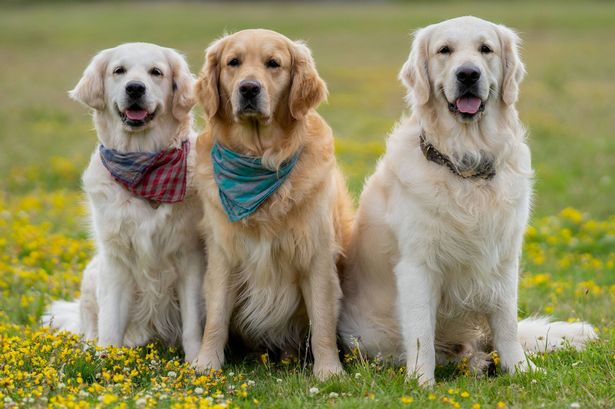Pet names offer a fascinating glimpse into human culture, reflecting current trends, enduring classics, and the unique bond we share with our animal companions. Recently, Pets at Home, a leading UK pet supplies retailer, conducted a comprehensive survey encompassing over eight million customers to determine the most popular pet names across the nation. This extensive data set provides a rich tapestry of naming conventions, revealing preferences that span generations and breed boundaries, showcasing the diverse and evolving landscape of pet nomenclature. The survey also highlighted regional variations, breed-specific trends, and the increasing influence of pop culture on pet naming practices, adding further layers of complexity to this already intriguing subject. Examining the results provides valuable insights into how we perceive and relate to our pets, revealing the deep-seated emotional connections that fuel our choices and the playful creativity we employ in bestowing them with their unique identities.
The study unveiled several key trends in pet naming. Traditional names like Bella, Luna, and Charlie maintained their strong presence at the top of the popularity charts, highlighting a consistent preference for classic and easily recognizable monikers. These time-honored names often carry connotations of beauty, grace, and loyalty, reflecting the positive attributes we associate with our furry friends. However, the survey also revealed a growing influence of pop culture and current events on pet naming choices, with names inspired by popular movies, television shows, and even social media personalities gaining traction. This trend reflects the increasing integration of pets into our daily lives and our desire to imbue them with personalized identities that resonate with our individual interests and cultural landscape. Further analysis of the data revealed intriguing differences in naming conventions across different pet species, with dog owners favoring human-like names while cat owners often opted for more descriptive monikers that reflected their feline companions’ distinct personalities and physical characteristics.
Regional variations in pet naming added another layer of complexity to the study’s findings. Certain names demonstrated a particular prevalence in specific geographic locations, highlighting the influence of local culture and regional dialects on pet naming preferences. This geographic distribution of popular names provides a fascinating glimpse into the diverse cultural tapestry of the UK and underscores the role of regional identity in shaping our interactions with our pets. For instance, certain traditional names might maintain a stronger hold in rural areas, while more modern and pop culture-inspired names might be more prevalent in urban centers. This geographic nuance adds a rich dimension to the study and emphasizes the importance of considering regional context when analyzing pet naming trends.
A closer examination of breed-specific naming patterns revealed further insights into the psychology behind pet naming. Owners often selected names that complemented the physical attributes, temperament, or historical associations of their chosen breeds. For example, strong, powerful names might be favored for larger breeds like German Shepherds or Rottweilers, while more delicate and elegant names might be chosen for smaller breeds like Chihuahuas or Yorkshire Terriers. This tendency to align names with breed characteristics suggests a deep-seated desire to create a harmonious connection between a pet’s identity and its inherent traits. It also highlights the importance we place on celebrating the unique qualities of different breeds and expressing our appreciation for their individual characteristics through carefully chosen names.
The Pets at Home survey underscores the significant role that pets play in our lives. The careful consideration we invest in choosing their names reflects the deep emotional bonds we forge with our animal companions and the integral role they play in our families and communities. Pet names become more than just labels; they become symbolic representations of the love, companionship, and joy that pets bring into our lives. The diverse range of names revealed in the survey speaks to the multifaceted nature of these human-animal relationships, showcasing the playful creativity, heartfelt sentimentality, and enduring affection that characterize our connections with our beloved pets.
In conclusion, the Pets at Home survey provides a valuable snapshot of current pet naming trends in the UK, revealing a fascinating interplay between tradition, pop culture influences, and regional variations. From enduring classics to trendy newcomers, the names we choose for our pets reflect our personal preferences, cultural backgrounds, and the unique bonds we share with our animal companions. The survey’s findings underscore the importance of names in shaping our perception of pets and solidifying their place within our families and communities. As pet ownership continues to evolve and diversify, it will be intriguing to see how these naming trends adapt and transform, reflecting the ever-changing dynamics of our relationships with these cherished members of our lives.














